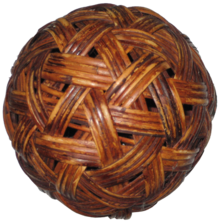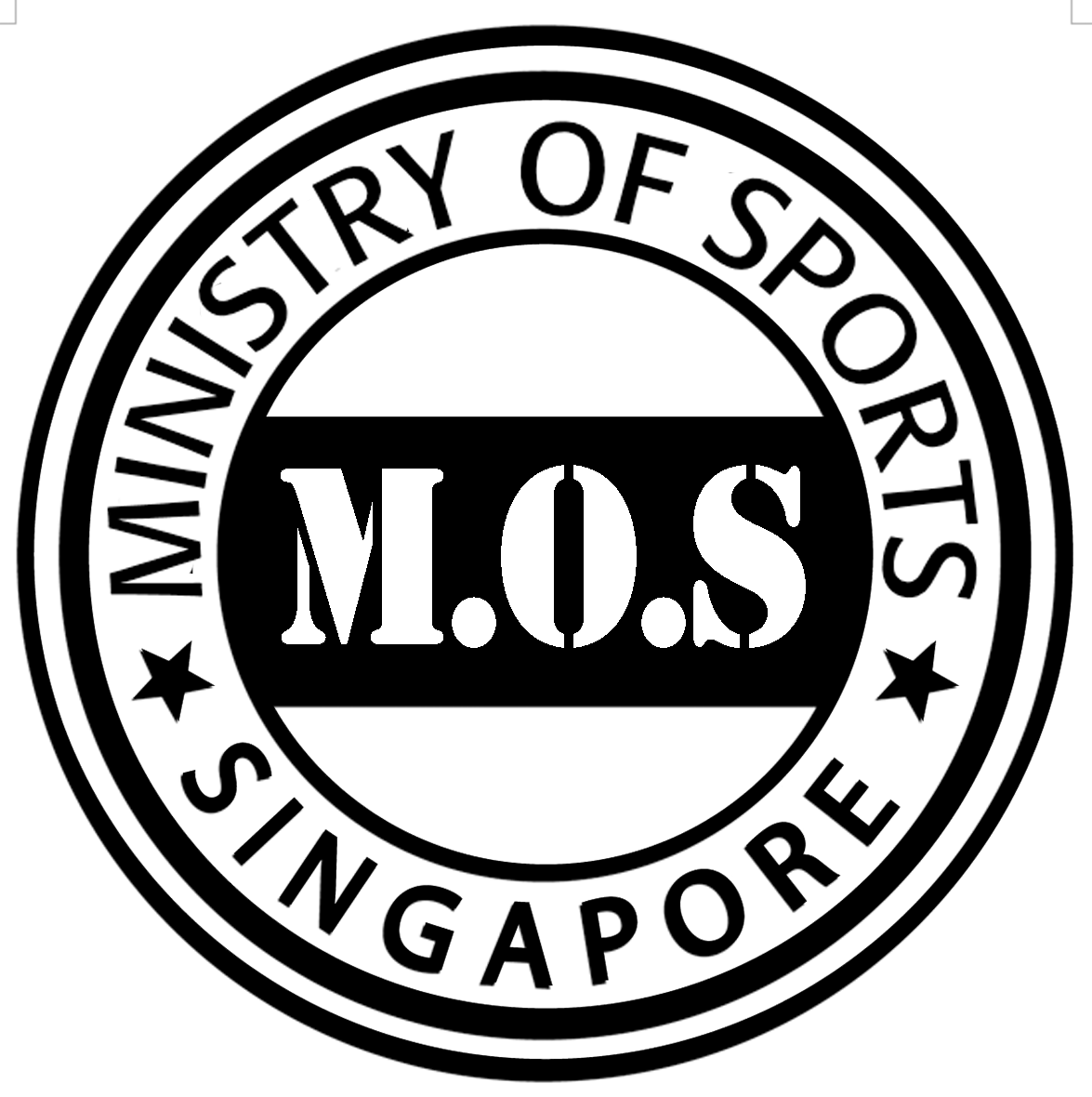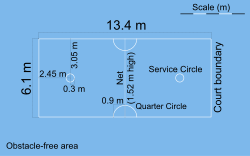Sepak Takraw is a foot volleyball game where players touch as well as handle the ball using only their feet, knee, chest and head. The rules and regulations of the game are very much similar to that of volleyball. A very popular game around Southeast Asia, the game is played using a rattan or synthetic ball. Since 1990, Sepak takraw is also included in Asian games.
Kindly contact us via email info@mof.com.sg or whatsapp (click on below) to tailor make a program for you, your company, club or school. We do that weekly at affordable prices for all groups of people! There are basic and advanced programs, small or larger groups, one-off activities or weekly customized programs etc. etc.
info@ministryoffootball.com.sg
https://api.whatsapp.com/send?phone=6592799006
Contact us at for more information ! The below gives you an idea of what our program will be like!
Introduction and guide: https://en.wikipedia.org/wiki/Sepak_takraw
Rules and regulations
Measurements of courts and equipment often vary among tournaments and organisations that operate from a recreational to a competitive level; international competitive rules and regulations are used in this section. There are two types of event categories: the regu and the doubles regu. The regu category is played by three players on each team while the doubles regu is played by two players on each team.
Expressions
Takraw is the Thai word for the hand-woven rattan ball originally used in the game. Therefore, the game is essentially “kick ball”.[16] The concept of Footvolley originates from Thai Takraw pronounced (Tha-Graw) Also, sometimes misnamed by foreigners as “Shaolin Soccer” however it is an ancient game mainly enjoyed between Thai and Laos.
Court
The sepak takraw sport is played on a similar to badminton double sized court.[17]
Area of 13.4 by 6.1 metres (44 ft × 20 ft) free from all obstacles up to the height of 8 metres (26 ft) measured from the floor surface (sand and grass court not advisable). The width of the lines bounding the court should not be more than 4 centimetres (1.6 in) measured and drawn inwards from the edge of the court measurements. All the boundary lines should be drawn at least 3.0 metres (9.8 ft) away from all obstacles. The centre line of 2 cm (0.79 in) should be drawn equally dividing the right and left court.
At the corner of each at the center line, the quarter circle shall be drawn from the sideline to the center line with a radius of 0.9 metres (2 ft 11 in) measured and drawn outwards from the edge of the 0.9 m radius.
The service circle of 0.3 m radius shall be drawn on the left and on the right court, the center of which is 2.45 m from the back line of the court and 3.05 m from the sidelines, the 0.04 m line shall be measured and drawn outward from the edge of the 0.3 m radius.[18]
Net
The net shall be made of fine ordinary cord or nylon with 6 cm to 8 cm mesh. Similar to a volleyball net.[17]
The net shall be 0.7 m in width and not shorter than 6.10 m in length and taped at 0.05 m from tape double at the top and sideline, called boundary tape.
The net shall be edged with 0.05 m tape double at the top and the bottom of the net supported by a fine ordinary cord or nylon cord that runs through the tape and strain over and flush with the top of the posts. The top of the net shall be 1.52 m (1.42 m for women) in height from the center and 1.55 m (1.45 m for women) at the posts.[18]
Ball

A sepak takraw ball made out of rattan
The sepak takraw ball shall be spherical, made of synthetic fibre or one woven layer.
Sepak takraw balls without synthetic rubber covering must have 12 holes and 20 intersections, must have a circumference measuring not less from 42 to 44 cm (16.5–17.3 in) for men and from 43 to 45 cm (16.9–17.7 in) for women, and must have a weight that ranges from 170 to 180 g (6.0–6.3 oz) for men and from 150 to 160 g (5.3–5.6 oz) for women.
The ball can be in plain single colour, multi-colour, and luminous colours, but not in any colour that will impair the performance of the players.
The sepak takraw ball can also be constructed of synthetic rubber or soft durable material for covering the ball, for the purpose of softening the impact of the ball on the player’s body. The type of material and method used for constructing the ball or for covering the ball with rubber or soft durable covering must be approved by ISTAF before it can be used for any competition.
All world, international, and regional competitions sanctioned by International Sepak Takraw Federation, including but not limited to, the Olympic Games, World Games, Commonwealth Games, Asian Games and SEA Games, must be played with ISTAF approved sepak takraw balls.[18]
Players
A match is played by two teams called ‘regu’, each consisting of three players. On some occasions, it can be played by only two players (doubles) or four players (quadrant) per team.
One of the players shall be at the back; he/she is called a “Tekong” or also known as the “Server”. The other two players shall be in front, one on the left and the other on the right. The player on the left is called a “feeder/setter/tosser” and the player on the right is called a “attacker/striker/killer”.[18]
Start of play and service
The side that must serve first shall start the first set. The side that wins the first set shall have the options of “Choosing Service”.
The throw must be executed as soon as the referee calls the score. If either of the “Inside” players throws the ball before the referee calls the score, it must be re-thrown and a warning will be given to the thrower.
During the service, as soon as the Tekong kicks the ball, all the players are allowed to move about freely in their respective courts.
The service is valid if the ball passes over the net, whether it touches the net or not, and inside the boundary of the two net tapes and boundary lines of the opponent’s court.[18]
Faults in the game
Serving side during service
- The “Inside” player who is making service throws, plays with the(throwing up the ball, bumping, giving to other “Inside” player etc.) after the call of score has been made by the referee.
- The “Inside” player lifts his feet or steps on the line or crosses over or touches the net while throwing the ball.
- The Tekong jumps off the ground to execute the service.
- The Tekong does not kick the ball on the service throw.
- The ball touches his own player before crossing over the opponent court.
- The ball goes over the net but falls outside the court.
- The ball does not cross to the opponent side.
- A player uses his hand or hands, or any other part of his arms to facilitate the execution of a kick even if the hand or arm does not directly touch the ball, but it touches other objects or surfaces instead when doing so.[18]
Serving and receiving side during service
- Creating distracting manner or noise or shouting at his opponent.
For both sides during the game
- Any player who touches the ball on the opponent side.
- Any part of player’s body crosses over into opponent’s court whether above or under the net except during the follow-through of the ball.
- Playing the ball more than 3 times in succession.
- The ball touches the arm
- Stopping or holding the ball under the arm, between the legs or body.
- Any part of the body or player’s outfits e.g. shoes, jersey, head band etc., touches the net or the post or the referee’s chairs or falls into the opponent’s side.
- The ball touches the ceiling, roof or the wall (any objects).[18]
Scoring system
An official doubles or regu match is won by best of three sets (win 2 out of 3 sets), with each set being played up to 21 points.
A team event or group match is effectively three regu matches played back to back, using different players for each regu. The winner is determined by best of three regus (win 2 out of 3 regus), where a winner of each individual regu is determined by best of 3 sets, played up to 21 points per set.
In the last 3rd set the change of sides takes place when one team reaches 11 points.
Point: when either serving side or receiving side commits a fault, a point is awarded to the opponent side.[18]


